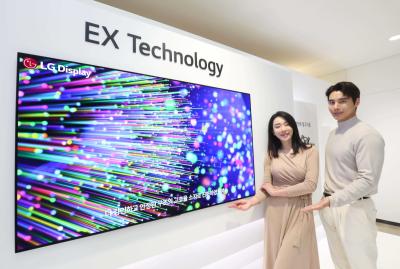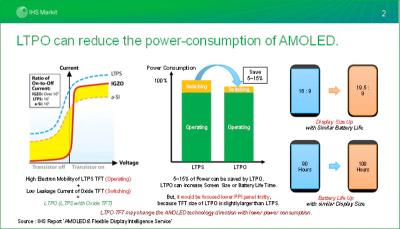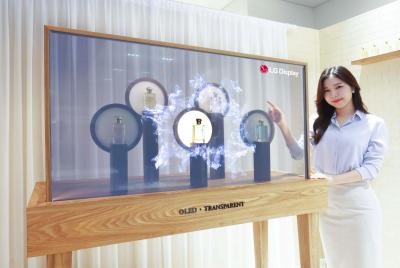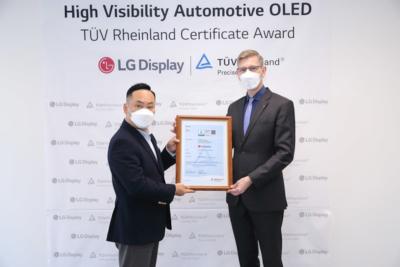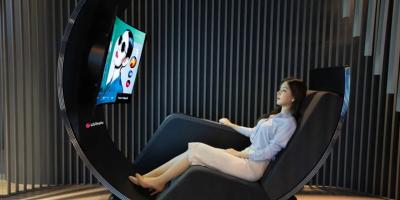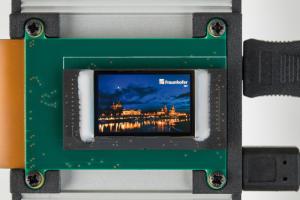We talk light field displays with the CEO of holographic interface developer Looking Glass Factory
The Looking Glass Factory develops interfaces for holographic, light field displays. Light field displays seem to be advancing, and we invited LGF's CEO and co-founder, Shawn Frayne, to help us understand the technology and to tell us more about the company, its technologies and latest status.
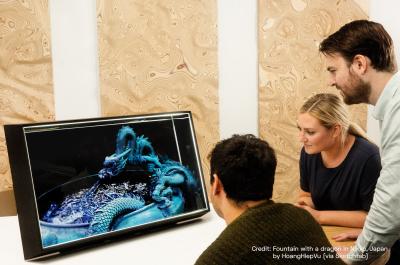
Q: Hello Shawn. Can you give us a short background on LGF, and on your own interest in light field displays?
Ever since I saw the holographic shark swallow up Marty McFly in Back to the Future II, I have been pursuing the dream of the hologram a way to create and share images and memories that are as lifelike as people and things in the real world. However, despite living in a 3D universe, our digital interactions, memories and creations remain trapped on flat, 2D screens. I wanted to change that, and that’s how and why Looking Glass Factory started.
